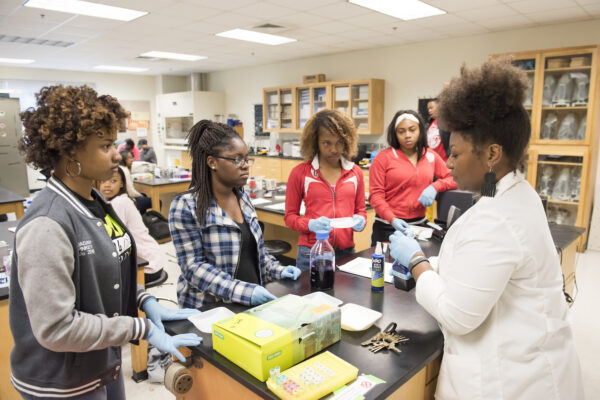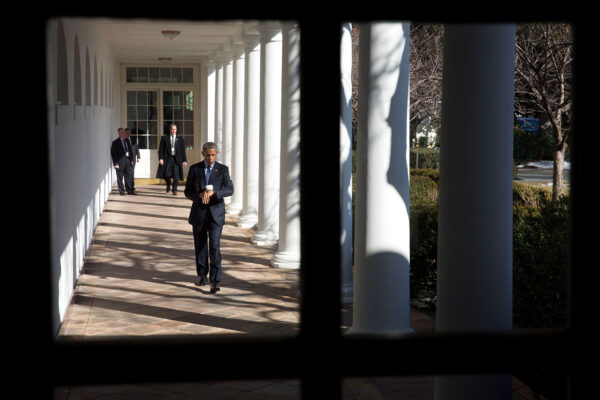Issue Brief Highlights the Legacy of Underfunding HBCUs
Title: The State of Higher Education Funding: Historically Black Colleges and Universities (HBCUs)
Source: The Hunt Institute
Although enrollment is not limited to Black students, Historically Black Colleges and Universities (HBCUs) have served a critical role in the advancement and development of Americans who have been underrepresented in traditional higher education pathways. The Hunt Institute recently released an issue brief highlighting the state of higher education funding for HBCUs.
While HBCUs represent less than 3 percent of institutions nationally, they educate one in 10 Black students. Thirty-three percent of all higher education students are first-generation, but, as the report points out, 52 percent of first-time, full-time undergraduates at HBCUs are first-generation students, further emphasizing why investment in our nation’s HBCUs is vital to building a diversified talent pipeline and workforce.
The brief highlights the role of the Second Morrill Act of 1890—to rectify discrimination by designating separate land-grant institutions for students of color. Part of the law requires states to appropriate a one-to-one dollar matching provision for all land-grant institutions that receive federal funding, including HBCUs. However, compliance from states has been deficient from the beginning, exacerbating the inequity of under-resourced minority serving institutions. The authors write that this unfairness has resulted in HBCUs missing out on $12.8 billion in funding from 18 states across the last three decades.
According to the report, HBCUs spend just 57 percent of what other institutions spend on instruction, 63 percent of what other institutions spend on student services, and nearly half of what other institutions spend on academic support activities. This is a direct result of HBCUs having much lower endowments and fewer resources than their peer institutions.
The report calls attention to the following ways under-resourcing HBCUs manifests:
- STEM education and investment – In 2018, three quarters of all U.S. academic research and development funding ($59.4 billion) was awarded to the 115 Research 1 (R1) institutions. Currently, there are 11 Research 2 (R2) HBCUs and no HBCUs with an R1 designation. Lacking an R1 designation can hinder an institution’s ability to attract external research grants and industry partners; inspire donors to invest in institutional projects; and recruit high-quality faculty, postdoctoral fellows, and graduate students.
- Endowments – HBCUs also have inadequate endowments that lag behind non-HBCUs by over 70 percent. While HBCU alumni donate to their alma maters at twice the rate of the national average, these gifts are typically smaller than gifts at predominately white institutions due to the racial wealth gap and systemic wage inequalities that still plague society in the United States.
Although many state legislatures have recently prioritized funding for HBCUs, more resources are needed to make up for years of neglect. The report challenges federal accountability in the correction of this systemic underinvestment and ensuring the narrowing of funding gaps.
To read the full report, click here.
—C. Emmanuel Wright
If you have any questions or comments about this blog post, please contact us.


